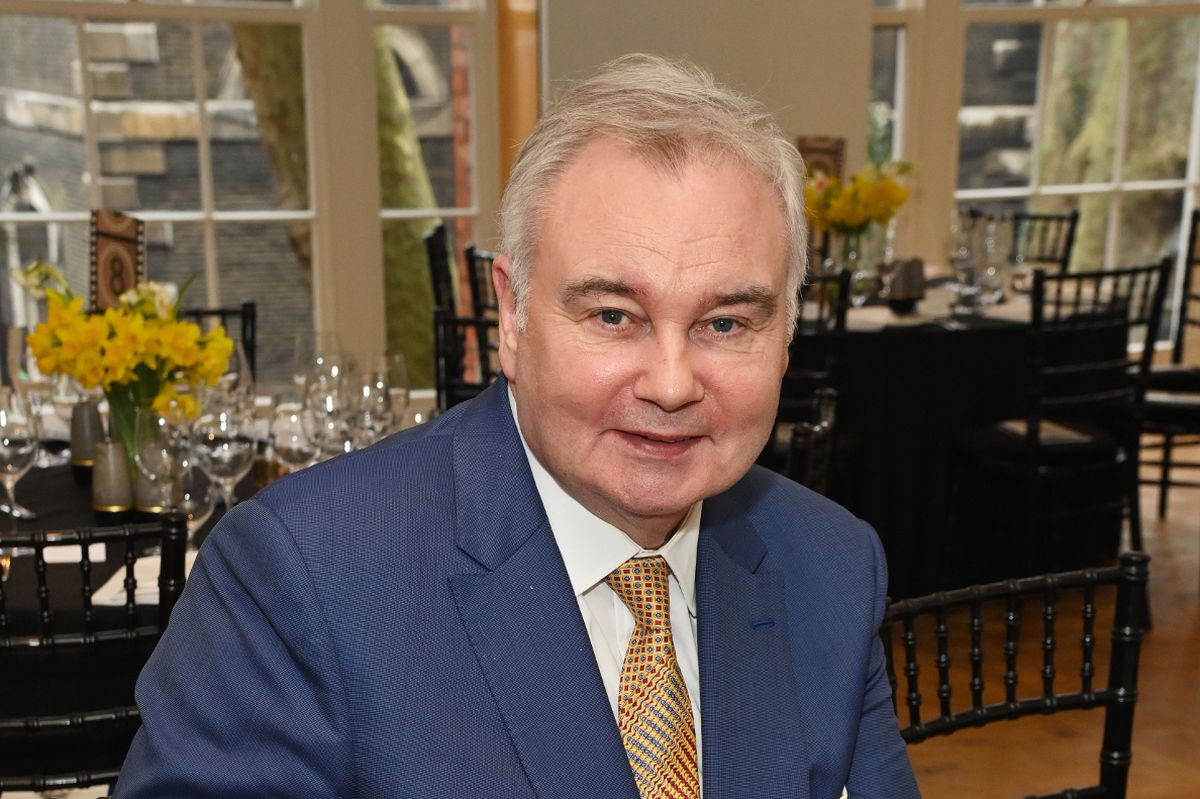From Jack Harris: Coming into the offseason, the Dodgers signaled that they would be conservative when it came to pursuing help in the bullpen.
Turned out, they were quietly plotting one of the most surprising — and influential — signings of the winter.
In a blockbuster move on Tuesday, the team agreed to a three-year, $69-million deal with top free-agent closer Edwin Díaz, according to multiple people with knowledge of the situation not authorized to speak publicly, snatching the three-time All-Star and three-time reliever of the year award winner in a move that will transform their previously shaky bullpen.
Díaz, 31, was the consensus best relief pitcher in this year’s free-agent class. Over his nine-year career, he has a 2.82 ERA and 253 saves. In that time, no other MLB reliever tops him in strikeouts (839), while only Kenley Jansen has recorded more saves (334). With the New York Mets this past season — his second since returning from a knee surgery that sidelined him for all of 2023 — Díaz also had one of his best career campaigns, posting a 1.63 ERA with 28 saves in 31 opportunities and 98 strikeouts in 66 ⅓ innings.
He was so good, he elected to opt out of the final two years of the record-setting five-year, $102-million deal he signed with the Mets in 2022.
Thanks to that track record, the hard-throwing right-hander was positioned to be the highest-paid reliever on this year’s market. Most projections pegged him for another four- or five-year deal, making upward of $20 million per season again.
Continue reading here
MORE BASEBALL:
Shaikin: Edwin Díaz signing shows Dodgers aren’t going to worry about potential salary cap
Take a swing? Two Buss brothers consider investing in baseball’s Athletics
NEW UCLA COACH TAKES AIM AT USC
From Ben Bolch: Nine months before his debut in his first big-time college football coaching job, Bob Chesney sounded as confident as a running back with four downs to gain one yard.
Nothing could stop him, no matter the weight of the unique challenges ahead.
For instance…
How did he feel about UCLA’s lack of recent football success?
“To me,” Chesney said, “there is zero doubt in my mind that we can win here.”
A perceived lack of institutional support?
“Alignment,” Chesney said, referencing his shared vision with university officials, “was a word that continued to show up over and over and over again.”
That annoying crosstown rival?
“We don’t need to be the other school in this town,” Chesney said, “we need to be the school in this town and I promise that will happen here in the very, very near future.”
Continue reading here
USC BASKETBALL TAKES NOSTALGIC TRIP
From Ryan Kartje: When they first met more than four decades ago now, the four freshmen on the University of San Diego’s men’s basketball team in 1983 didn’t need long to figure out who would lead them. Eric Musselman had all but elected himself within moments of moving into their dorm room.
“Before I could even drop my bag on the bed, Eric goes, ‘OK, we’re going to the gym,’” recalled Scott Thompson, San Diego’s 7-foot center. “He’d barely said hello.”
It didn’t matter that, at 5-foot-7, Musselman — the future USC men’s basketball coach — was more than a foot shorter than his freshman counterparts, with the other two checking in at 6-foot-11 and 6-foot-9. Or that Musselman carried himself with a swagger and confidence more befitting, even then, of a coach than a college freshman. He was so sure of himself, he actually pitched himself for the head coaching job as a sophomore.
“Father [Pat] Cahill was our athletic director,” Musselman said. “So before they named our new coach [in 1984], I went in there and told him, ‘Hey I think I can coach these guys and be a student athlete and a coach, and it’d be great publicity, the first time ever and all that.”
“And Father Cahill told me to get back to class.”
Continue reading here
MORE USC:
Chad Baker-Mazara and Ezra Ausar lead USC to win at San Diego
USC vs. San Diego summary
RIVERS RETURNS TO NFL
From Sam Farmer: These are not your grandfather’s Indianapolis Colts.
Or perhaps they are.
The Colts are planning to sign Chargers legend Philip Rivers, who recently became a grandfather, bringing back the 44-year-old quarterback after five years of retirement.
Continue reading here
HIGH SCHOOLS
From Eric Sondheimer: It was paparazzi time on Tuesday night at the old Morningside High gymnasium, where more than 20 photographers stationed themselves on the baseline trying to capture the moment Jason Crowe Jr. of Inglewood set the state record for career scoring by a high school basketball player.
Think Chino Hills days with the Ball brothers and Sierra Canyon days with Bronny James to bring out the cameras en masse.
The 6-foot-4 senior and son of Inglewood coach Jason Crowe Sr. needed 29 points to pass the 3,659 career points accumulated by Tounde Yessoufou of Santa Maria St. Joseph.
Continue reading here
MORE HIGH SCHOOLS:
Josh Gallagher helps Loyola turn back Cathedral in boys’ soccer rivalry game
Prep basketball roundup: Freshman Major Williams makes 11 threes for Edison
DUCKS
Beckett Sennecke scored a shorthanded goal with one second remaining to force overtime, Leo Carlsson scored in the shootout and the Ducks beat the Pittsburgh Penguins 4-3 on Tuesday night for their fifth win in seven games.
The 19-year-old Sennecke eluded three defenders and his shot deflected off the glove of Pittsburgh’s Erik Karlsson and into the net. A replay review confirmed the shot beat the buzzer.
Ville Husso made 45 saves, including seven in overtime, and stopped all three shots in the shootout.
Continue reading here
Ducks-Penguins summary
NHL standings
THIS DAY IN SPORTS HISTORY
1939 — The Green Bay Packers register the first shutout in an NFL championship game by beating the New York Giants 27-0.
1961 — Billy Cannon of the Houston Oilers rushes for 216 yards, catches five passes for 114 yards and scores five touchdowns in a 48-21 victory over the New York Titans. Cannon finishes with 373 combined yards.
1971 — Kareem Abdul-Jabbar scores a career-high 55 points in Milwaukee’s 120-104 victory over the Boston Celtics.
1982 — Michael Dokes knocks out Mike Weaver in the first round to capture the WBA heavyweight title in Las Vegas.
1985 — The Indiana Pacers hits only 19 field goals in an 82-64 loss to the New York Knicks, setting an NBA record for the fewest field goals made by one team since the inception of the shot clock.
1986 — Atlanta’s Dominique Wilkins scores 57 points to lead the Hawks to a 123-95 rout of the Chicago Bulls.
1992 — The NHL awards expansion franchises to Anaheim and Miami. The newcomers, scheduled to begin play in the 1993-94 season, bring the NHL to 26 teams.
1994 — Art Monk sets an NFL record for consecutive games with a reception on New York’s first play in the Jets’ 18-7 loss to the Detroit Lions. Monk’s 5-yard catch gives him 178 consecutive games with a reception, breaking Steve Largent’s NFL mark.
1999 — Laffit Pincay Jr. guides Irish Nip to a two-length victory in the sixth race at Hollywood Park for his 8,834th victory, breaking Bill Shoemaker’s 29-year-old record and making him the world’s winningest jockey.
2006 — LaDainian Tomlinson breaks Shaun Alexander’s NFL single-season touchdown record of 28 when he scores three times in the San Diego Chargers’ 48-20 victory over the Denver Broncos. Tomlinson has 26 TDs rushing and three receiving.
2006 — Marvin Harrison of Indianapolis is the fourth player in NFL history with 1,000 receptions, joining Jerry Rice, Tim Brown and Cris Carter.
2008 — Carmelo Anthony matches George Gervin’s NBA record for points in a quarter with 33 in the third and finishes with a season-high 45 points in Denver’s 116-105 victory over Minnesota.
2010 — George Karl earns his 1,000th coaching victory, the seventh coach in NBA history, as Al Harrington scores a season-high 31 points and Nene adds 26 to help the Denver Nuggets hold off the Toronto Raptors 123-116.
2016 — 82nd Heisman Trophy Award: Lamar Jackson, Louisville Cardinals (QB), youngest player to win at 19.
2016 — Army ends a 14-year run of frustration against Navy, using an overpowering running game and opportunistic defense to carve out a long overdue 21-17 victory.
2016 — Roman Torres scores in the sixth round of penalty kicks to give the Seattle Sounders their first MLS Cup title, 5-4 over Toronto FC after 120 scoreless minutes. It’s the first MLS Cup final to fail to produce a goal in regulation, setting the stage for a dramatic tiebreaker.
2017 — Ben Roethlisberger completes 44 of a franchise-record 66 passes for 506 yards and two touchdowns, becoming the first quarterback in NFL history to top 500 yards passing three times and leading Pittsburgh past Baltimore 39-38. Antonio Brown caught 11 passes for 213 yards for Pittsburgh.
Compiled by the Associated Press
Until next time…
That concludes today’s newsletter. If you have any feedback, ideas for improvement or things you’d like to see, email Houston Mitchell at houston.mitchell@latimes.com. To get this newsletter in your inbox, click here.













